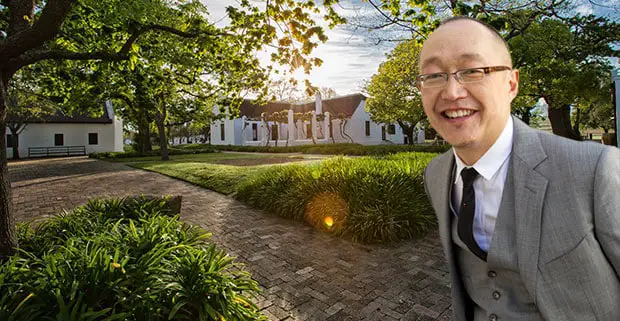Second Maasai Olympics – Kenya
Four thousand young Maasai warriors and their elder “fathers,” have banded together to take lion killing out of their culture and replace it with competitive sports, writes Caroline Graham.
The Maasai Olympics 2014 will be held on 13 December 2014 in the Kimana Wildlife Sanctuary (now renamed the Sidai Oleng Wildlife Sanctuary) at the base of Mt. Kilimanjaro in Kajiado County, Kenya.
“Once again we are delighted to be supporting the Maasai Olympics as Great Plains Conservation and as founders of the National Geographic Big Cats Initiative.
“This time we will be filming it for a National Geographic film. It is heart–warming to know that we are succeeding in drawing commitments from the global community, our donors, and from the Maasai themselves to get behind an effort to convert this very competitive energy we all have away from killing lions to competing in athletics. Last time it was an intoxicating, energetic event with track times that were very competitive in amateur sports, with camaraderie and support to a degree that has never been seen in Maasailand.
“I understand that the teams have been hard at work in training already and the second Maasai Olympics promise to be extremely exciting this year, not least of which because it is to save lions,” says Dereck Joubert, CEO of Great Plains Conservation.
Lion, elephant and wildlife killing is no longer culturally acceptable and failure to follow the path of conservation and reap its economic benefits will result in an unsustainable future of the Maasai people. Their noble way of life, traditional land, and ancient culture will be lost.
The three levels of the Maasai Olympic competitions are:
Local: Warriors receive basic sports training in the six events and compete for selection to one of four teams across the Amboseli–Tsavo ecosystem. Each will represent a warrior manyatta (village) that will host in aggregate 4000+ young men during their 12–to–15 years of warriorhood. Competing in 200–meter sprint; 800–meter run; 5,000–meter run; spear throwing (javelin) for distance; Rungu throwing (a Maasai herder’s small wooden weapon to fend off lesser predators) for accuracy, and high jump, Maasai warrior style (a vertical jump from a standing position).
Regional: Teams will compete in organized competitions against the other three manyattas of the ecosystem.
Ecosystem–wide: The winning manyatta will receive a gold trophy and a prize–winning bull for breeding. The winning athletes will receive medals presented by Olympic 800–meter gold medalist David Rudisha, a former Maasai warrior, substantial cash prizes, scholarships, and two winning runners will compete in the New York Marathon in 2015.
Great Plains Conservation, through ol Donyo Lodge, is a key partner in the conservation work in Amboseli–Tsavo. and will be donating a percentage of all guest rates to manage projects in the region.
For more information visit: www.maasaiolympics.com





